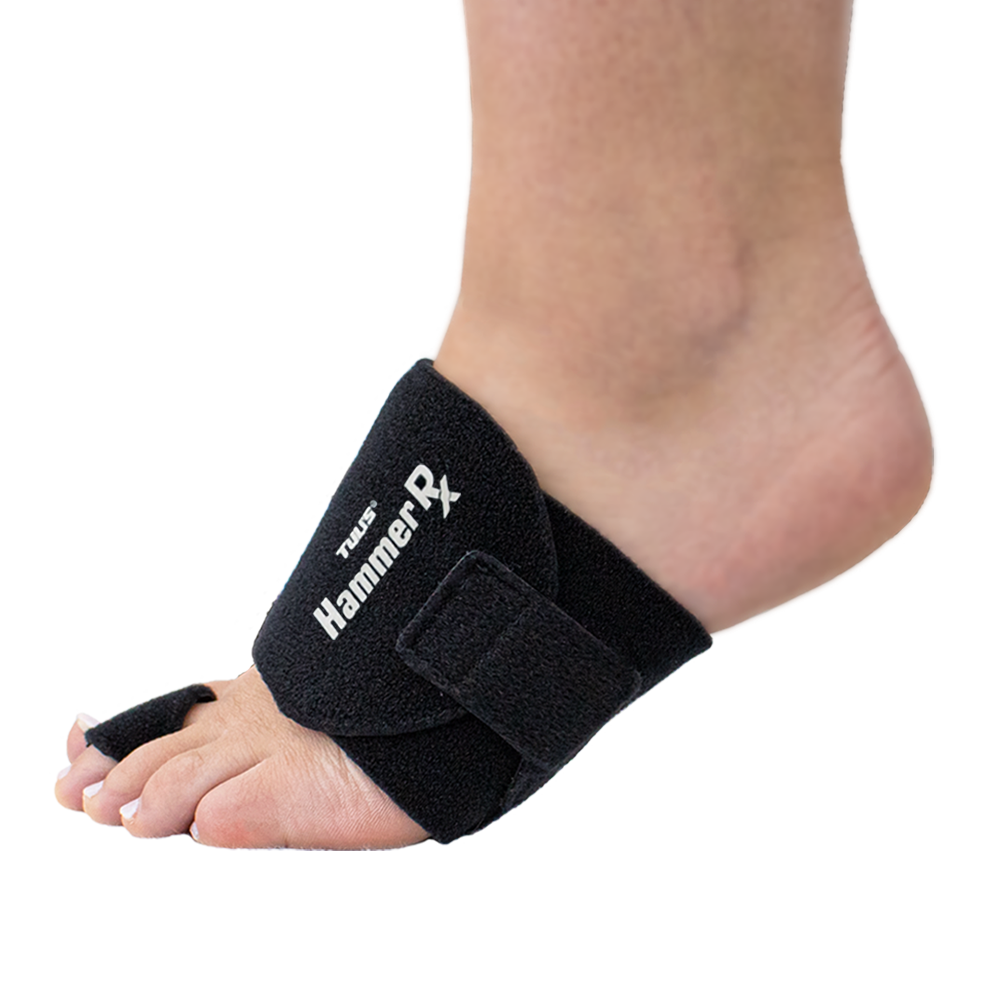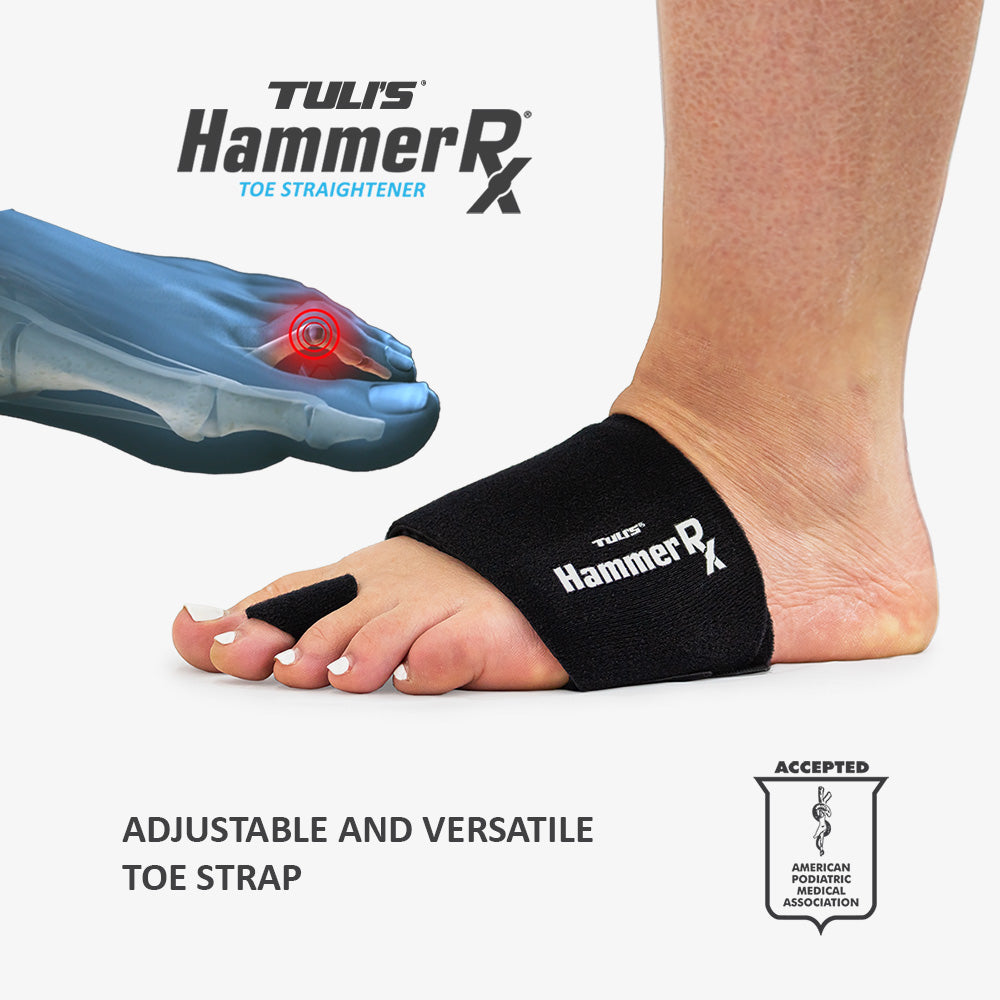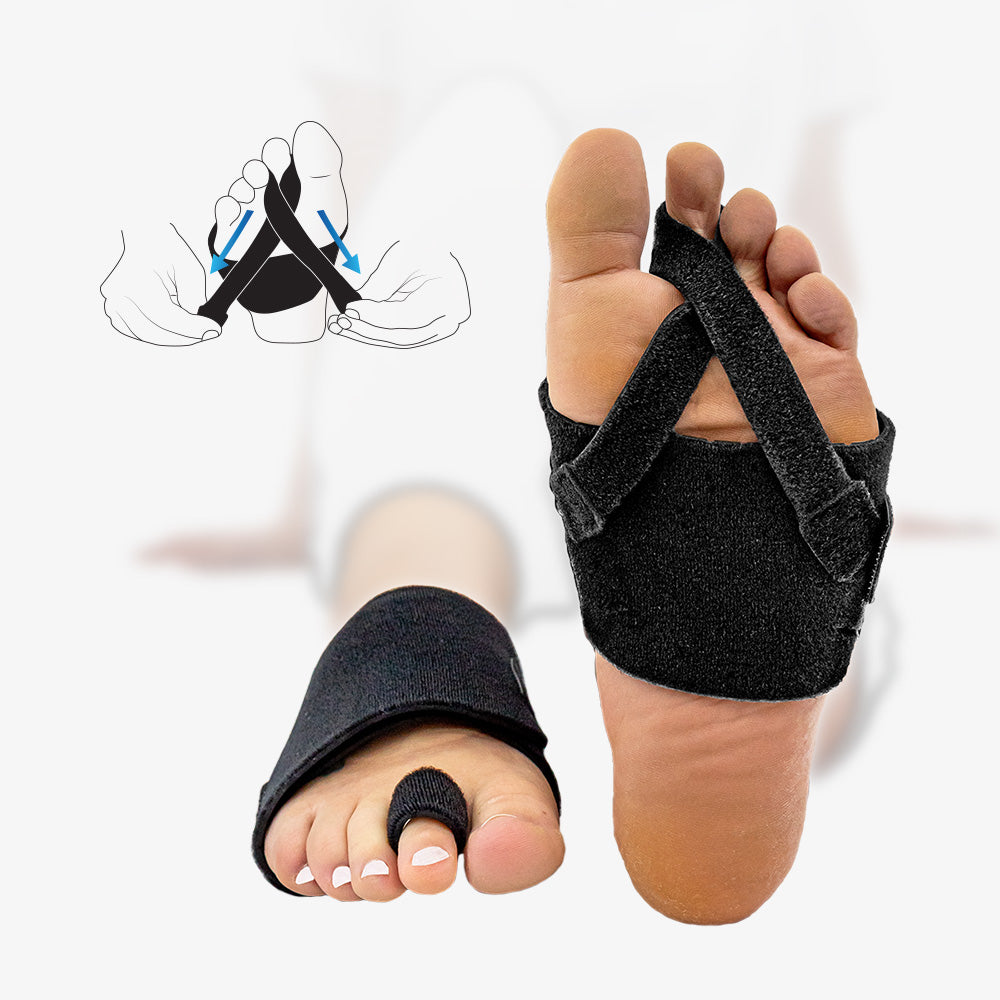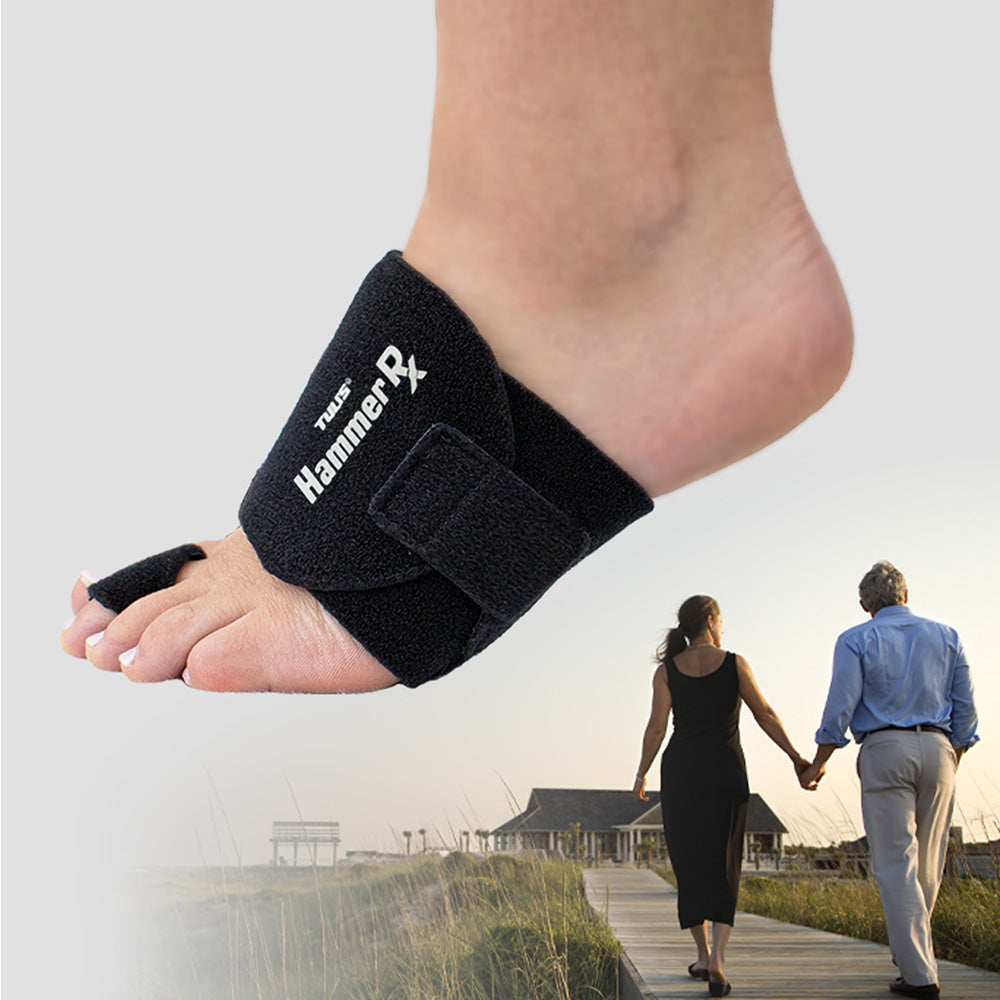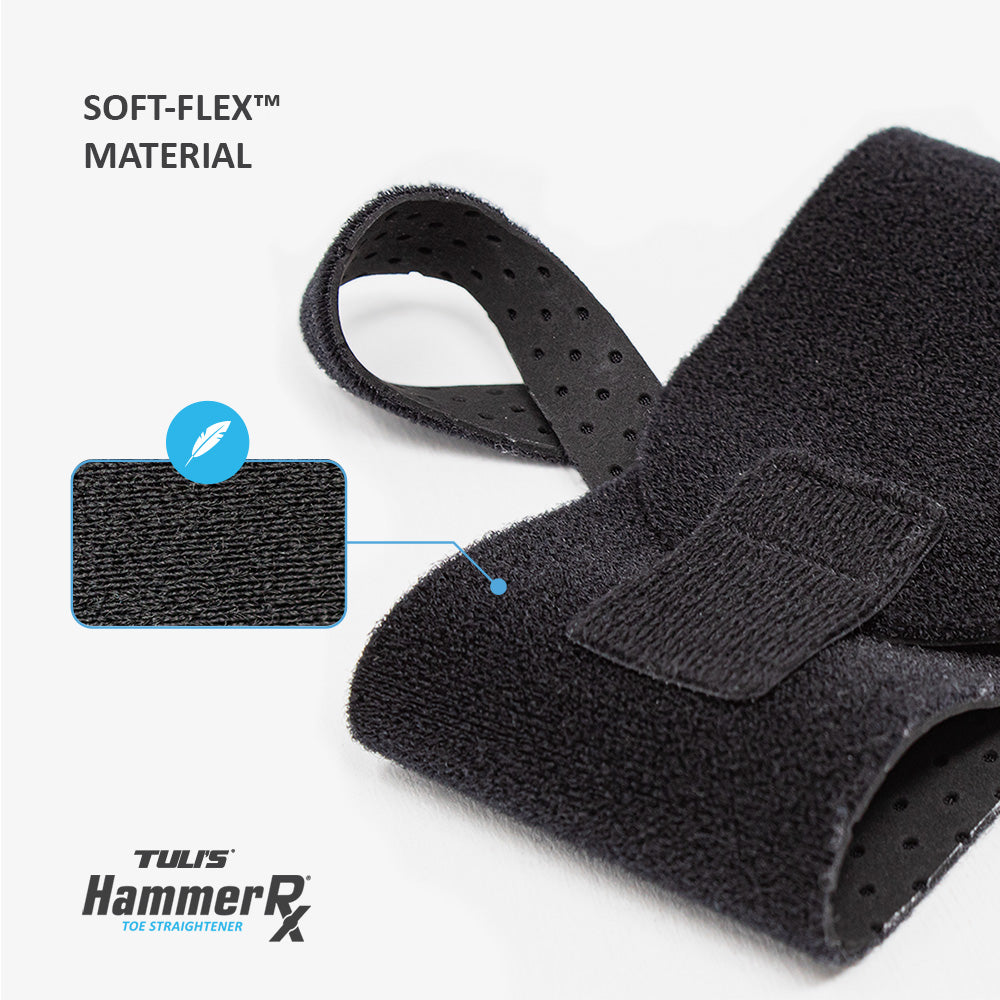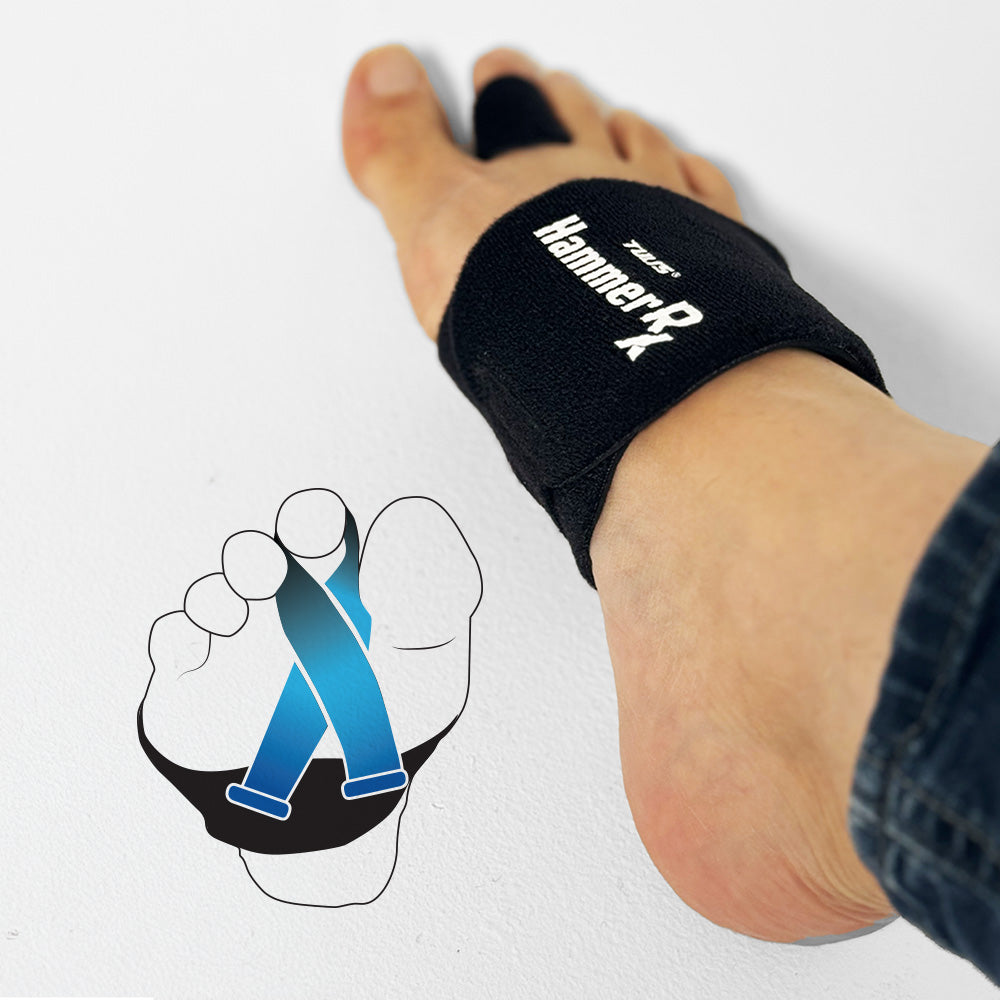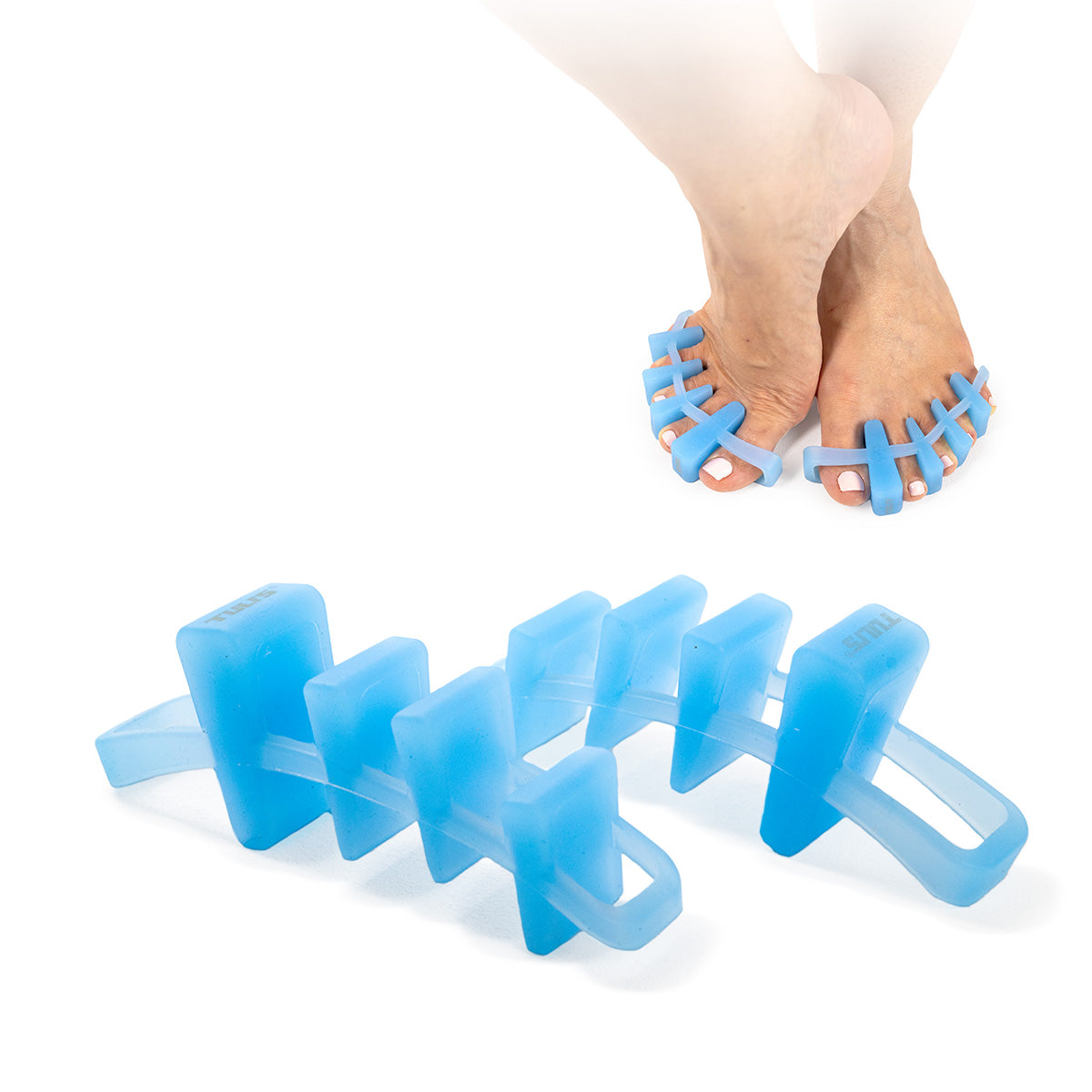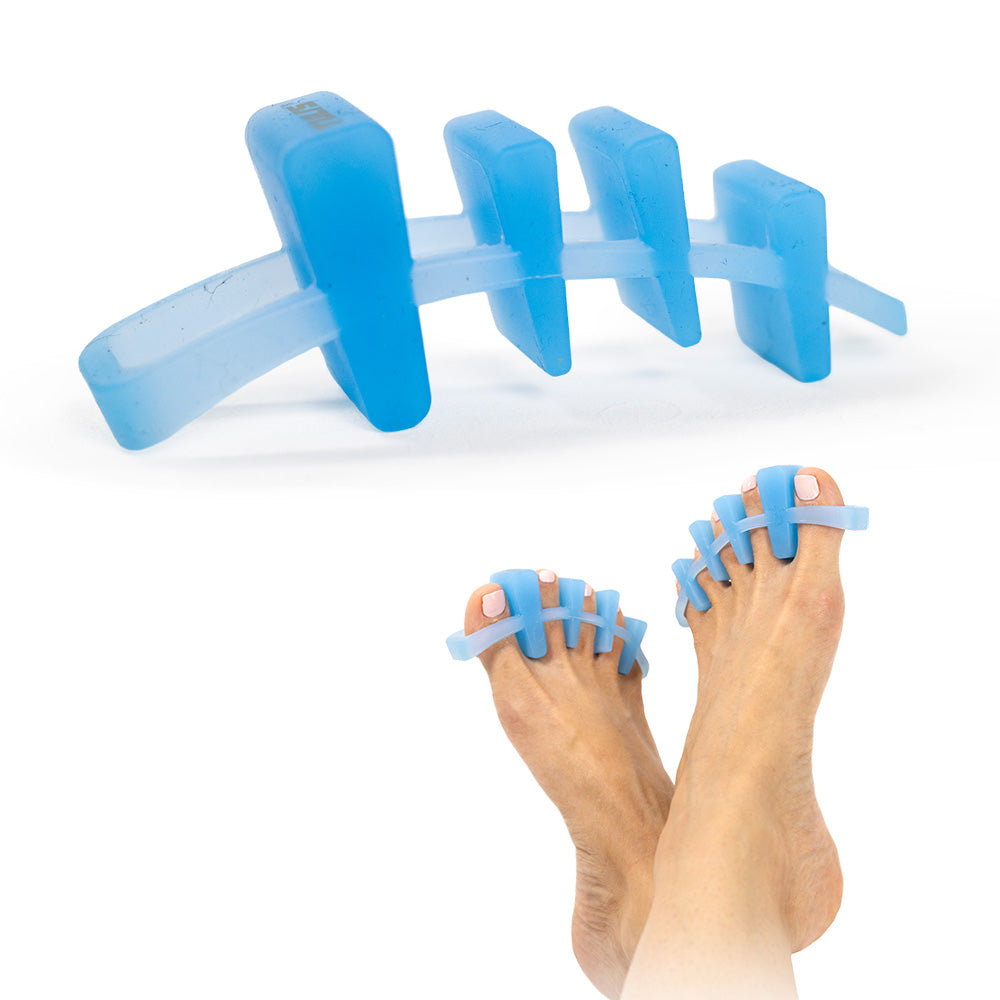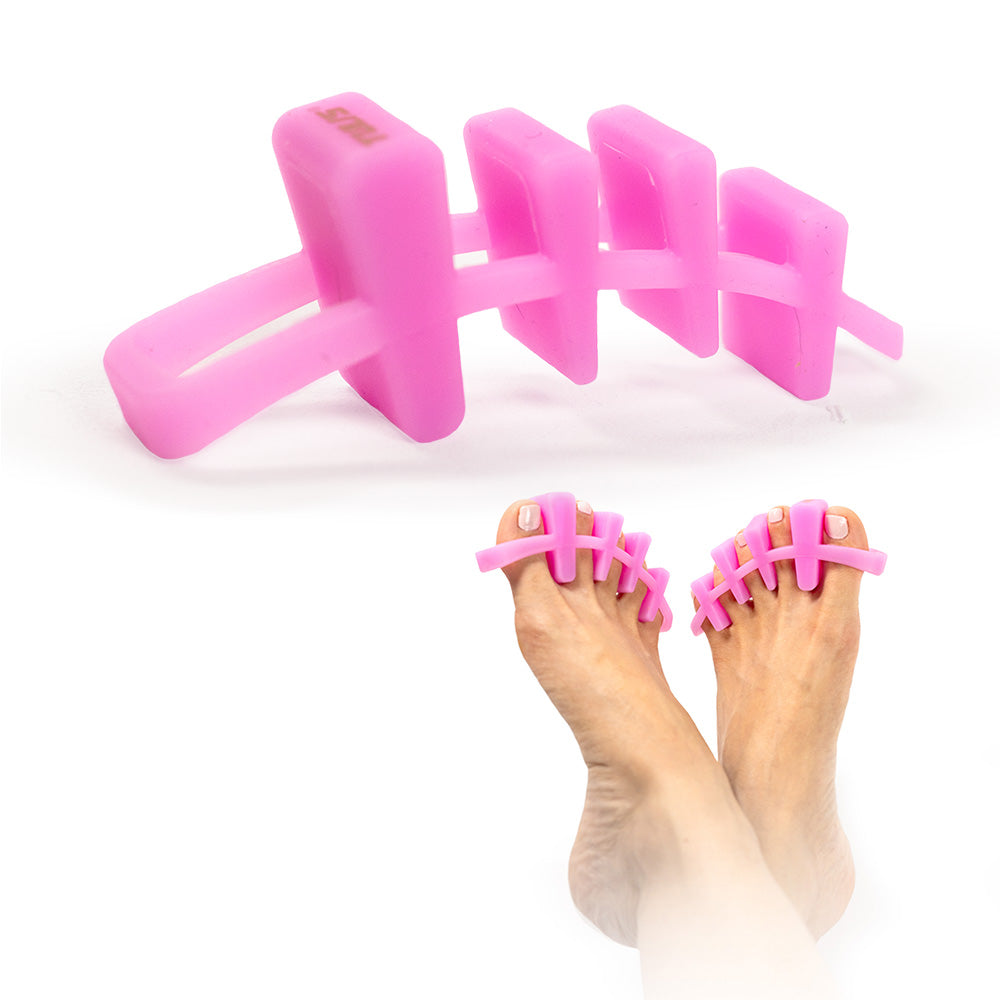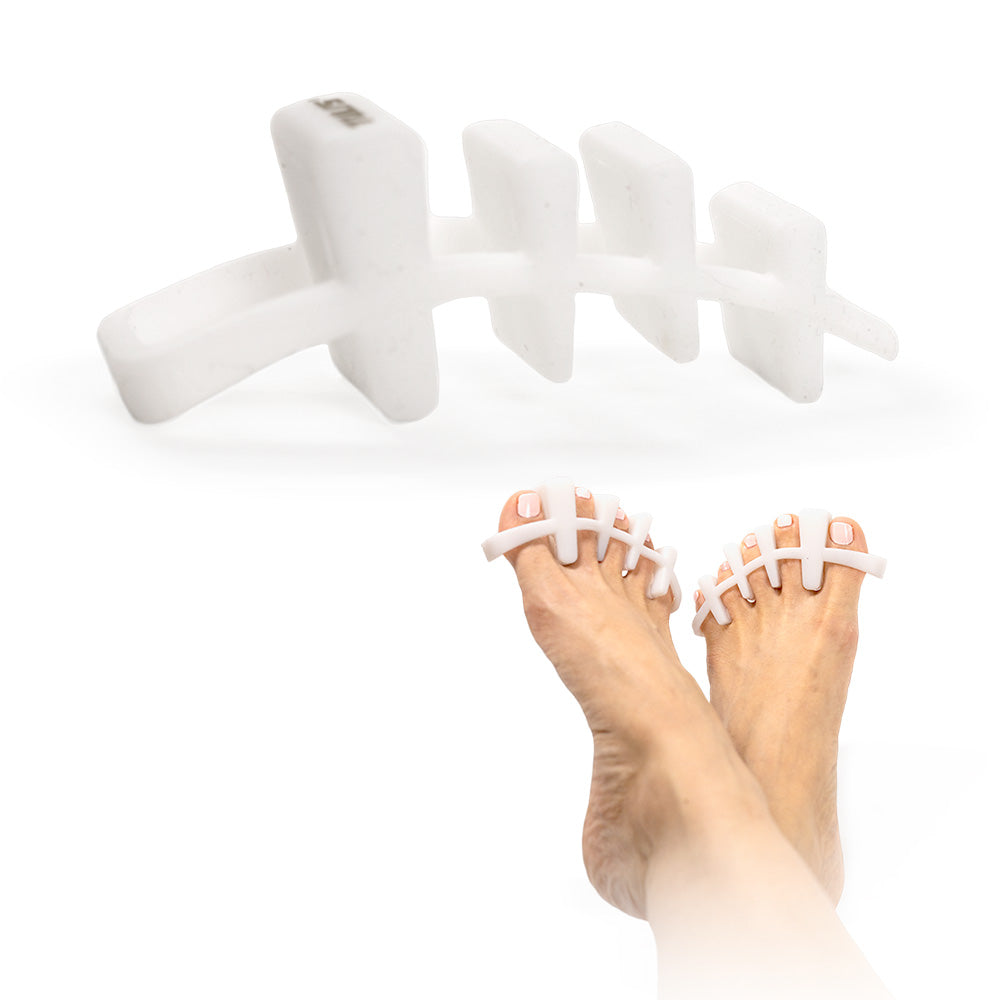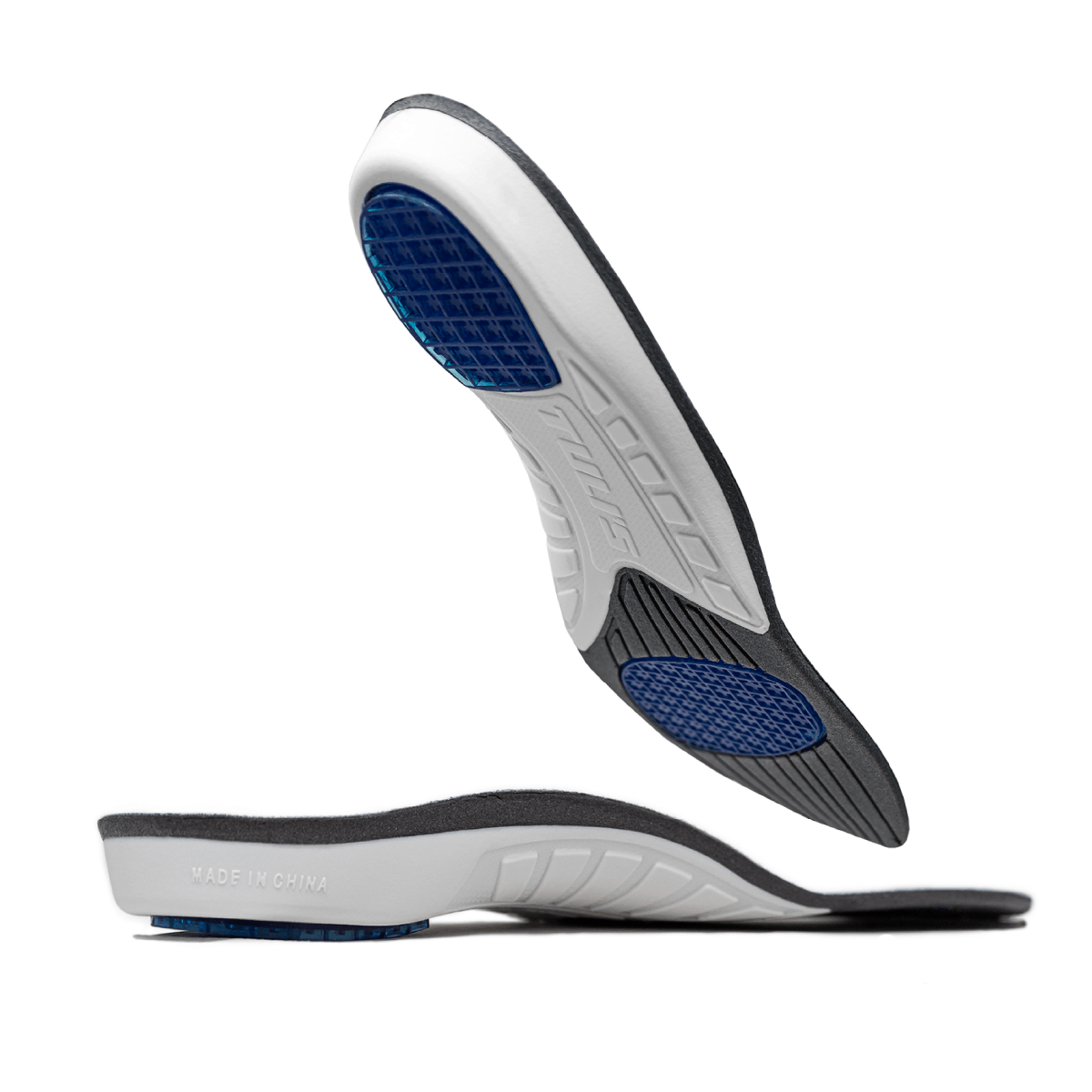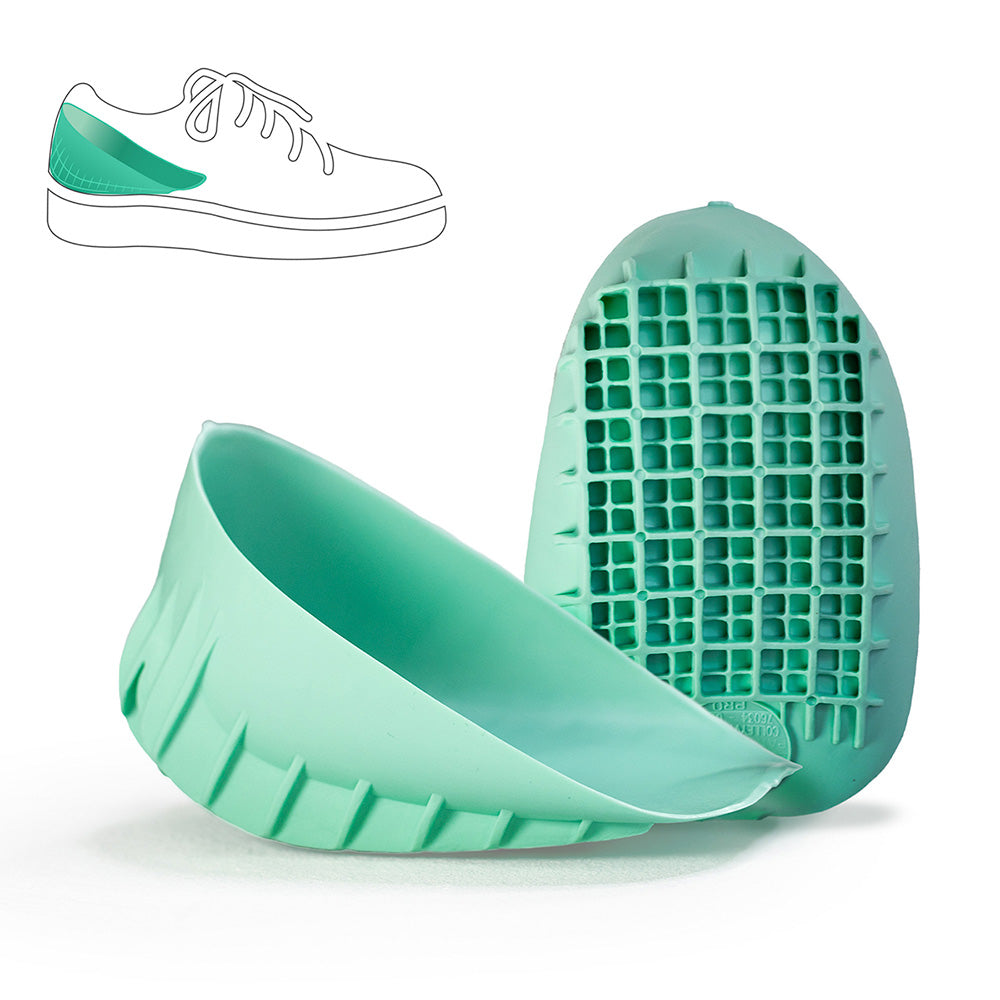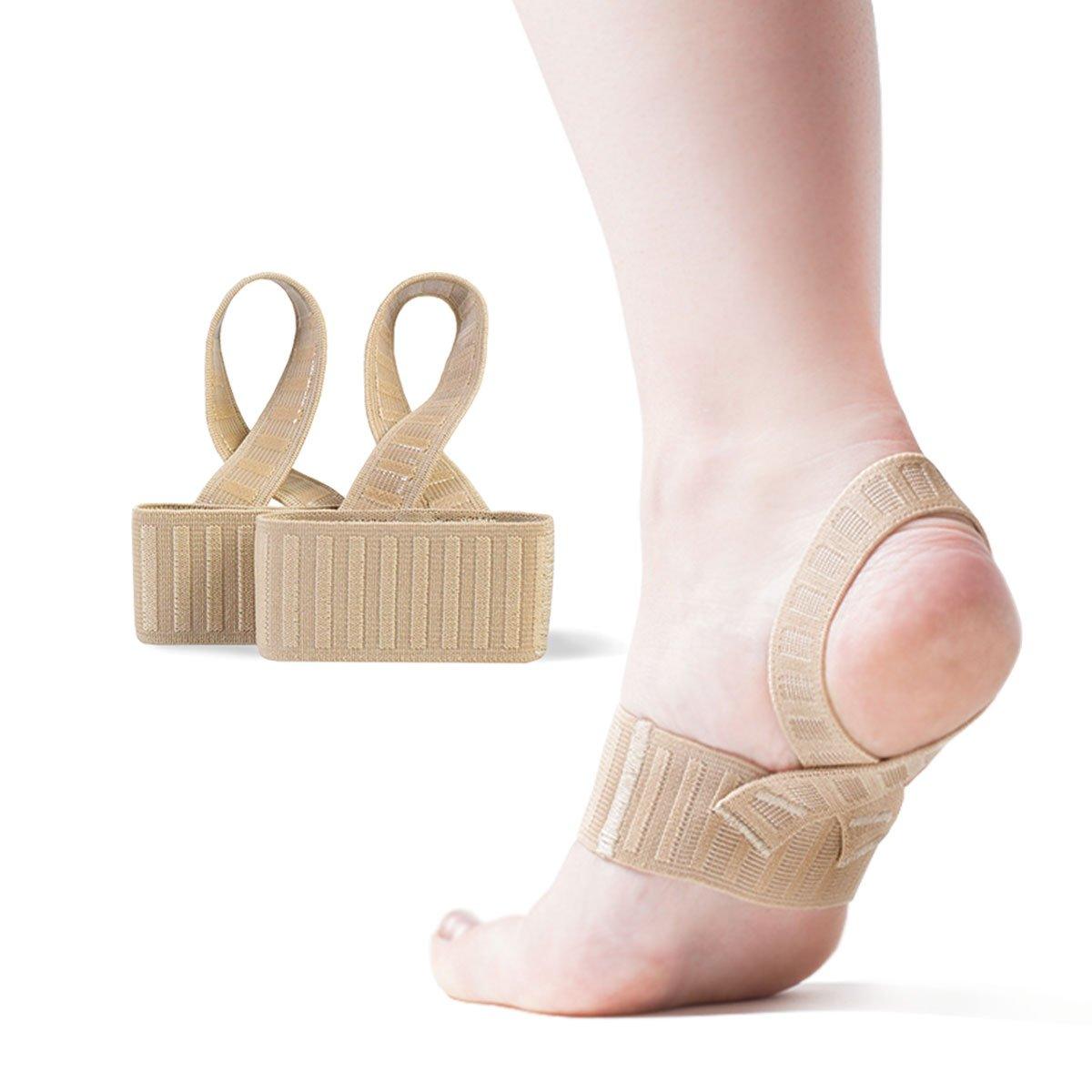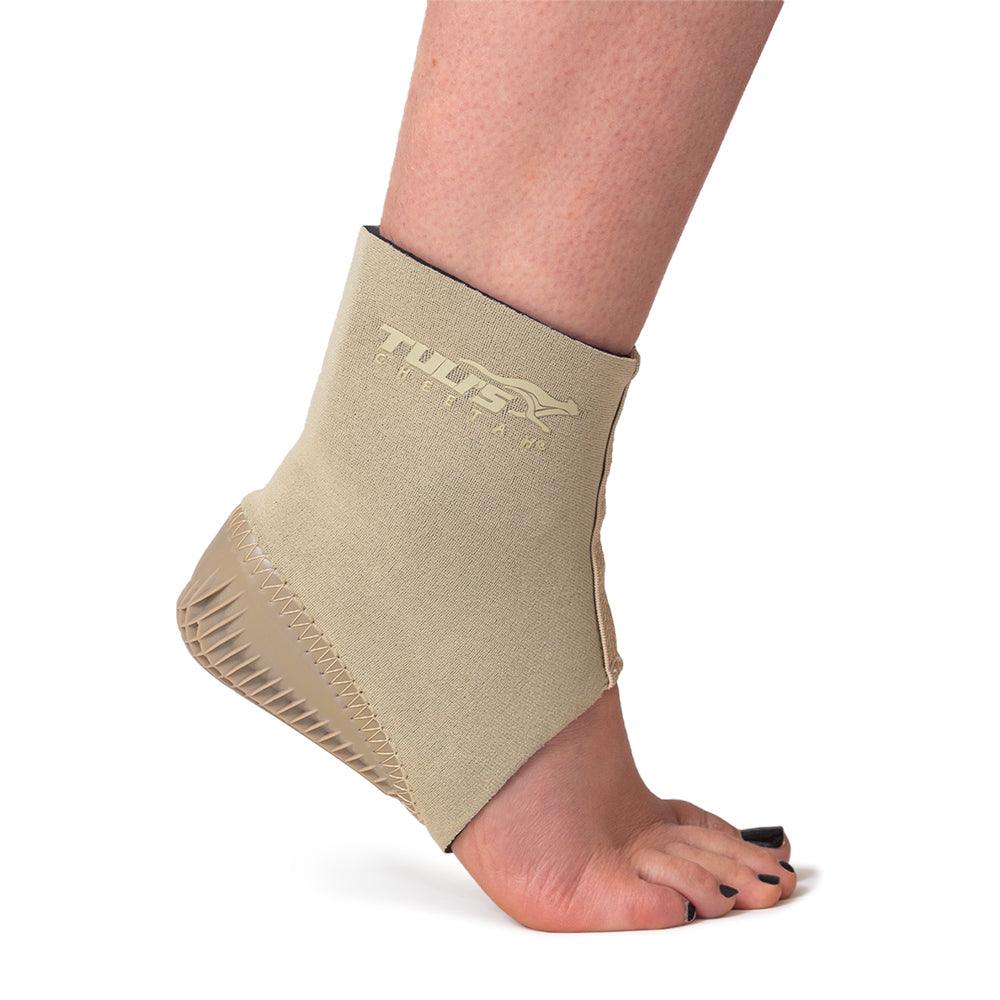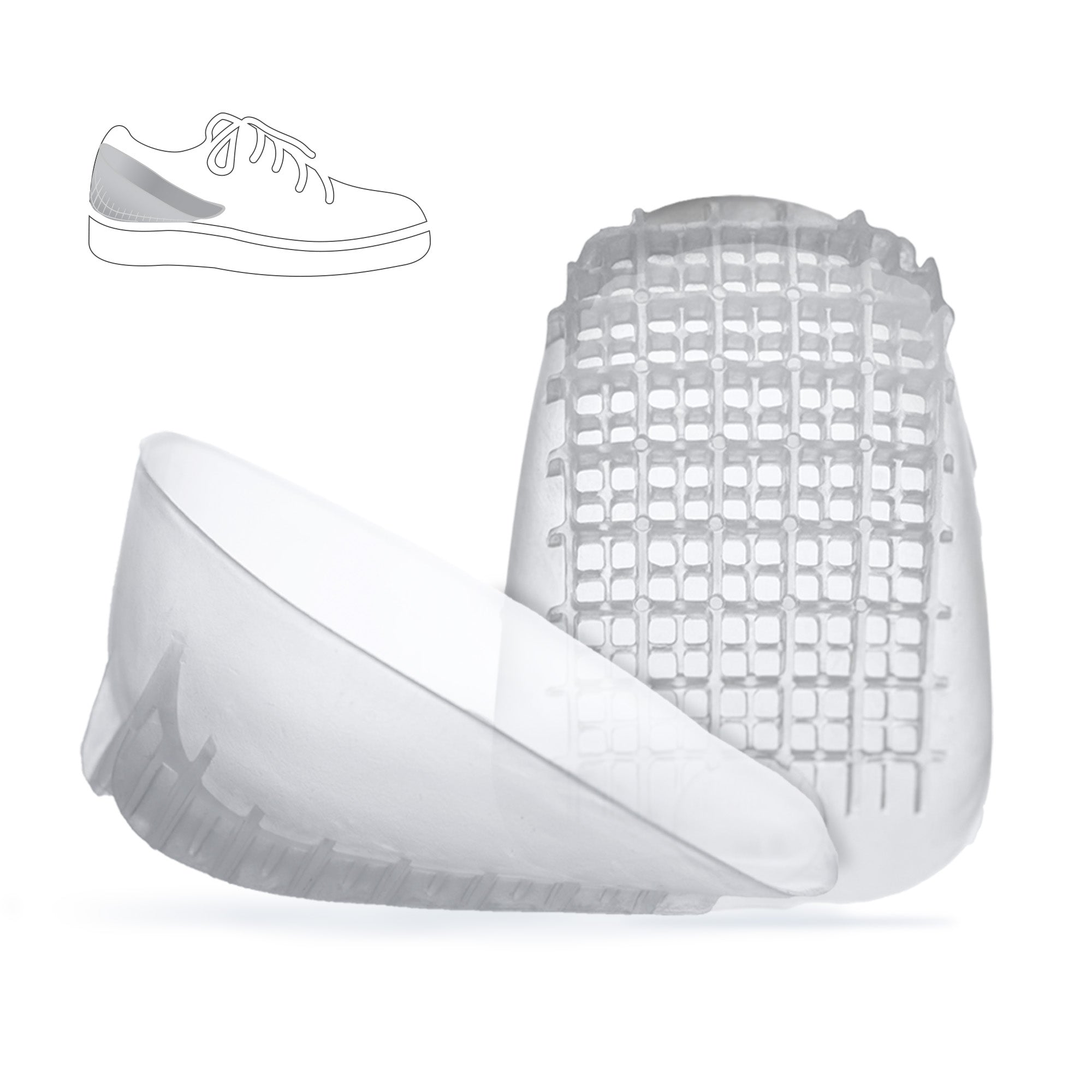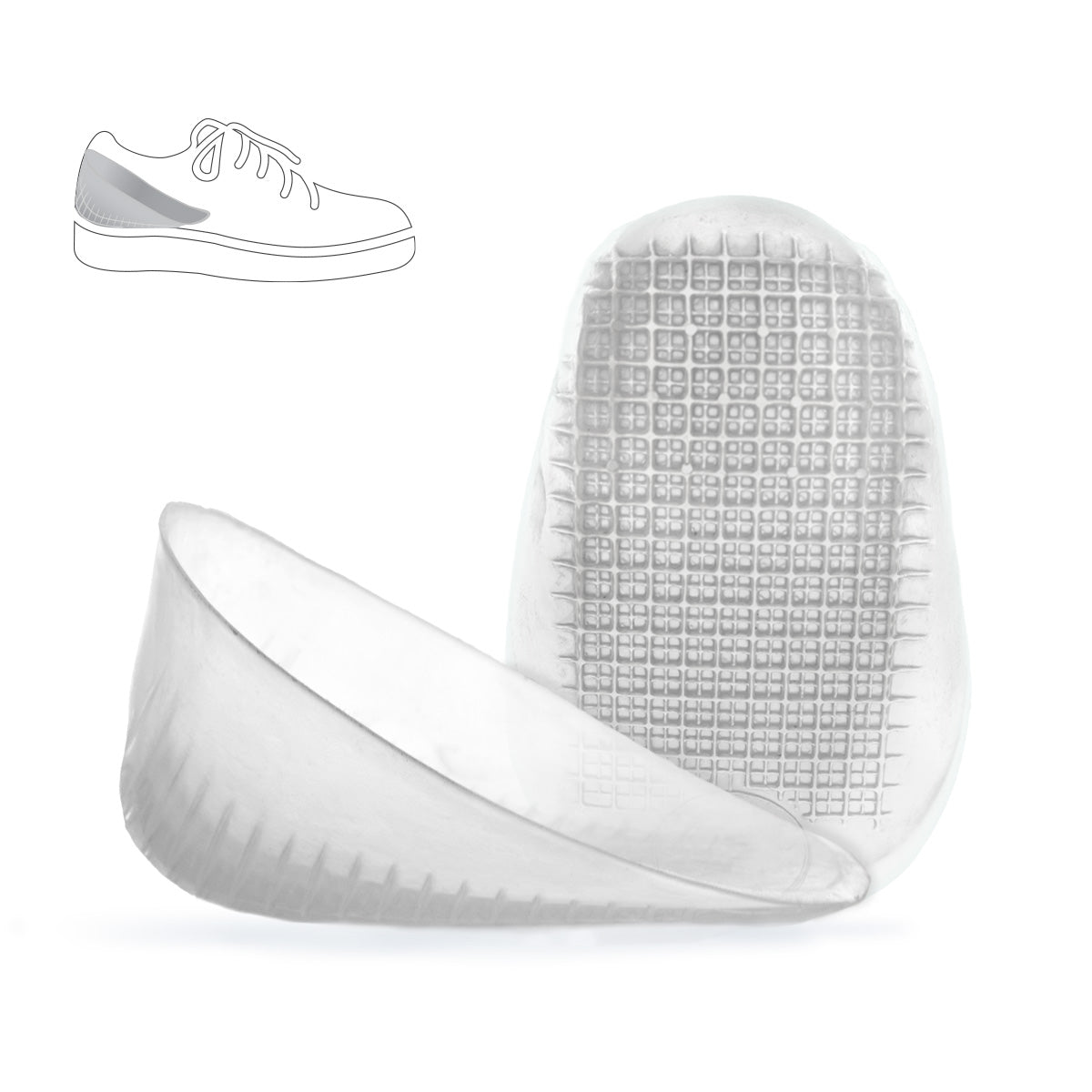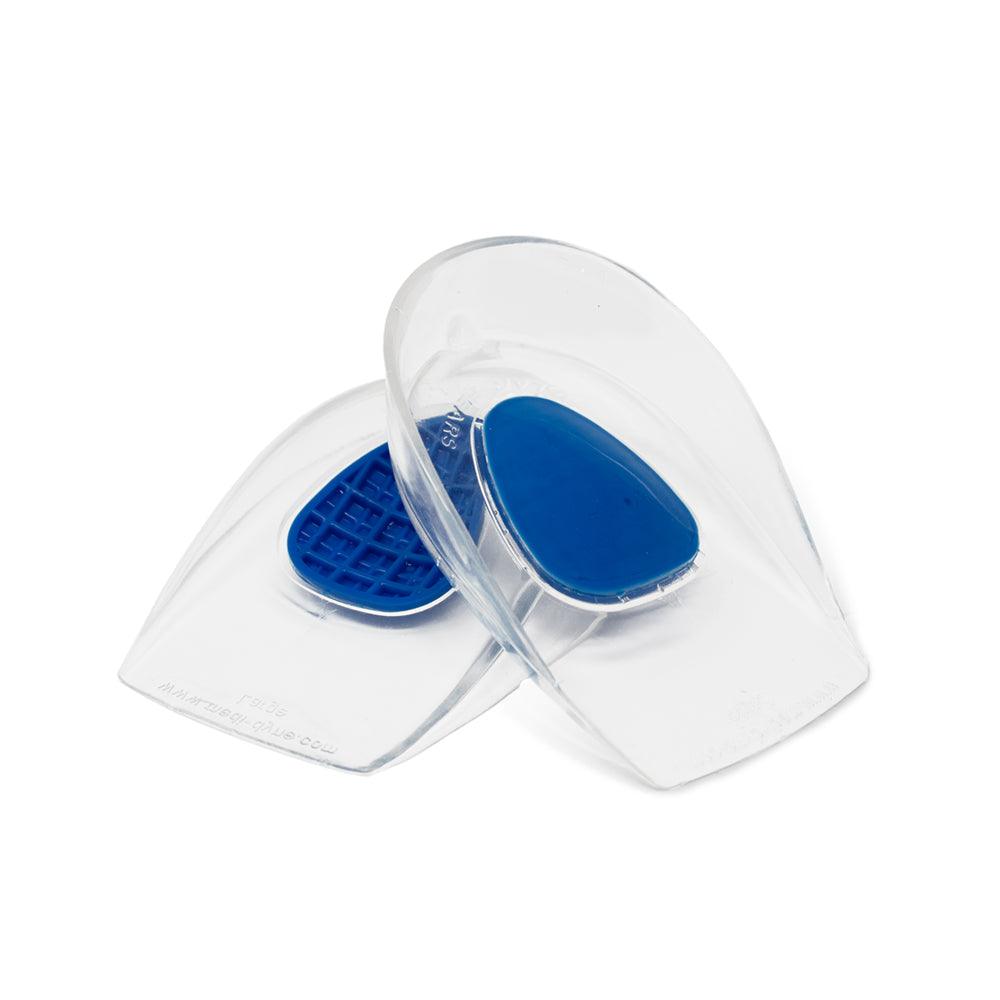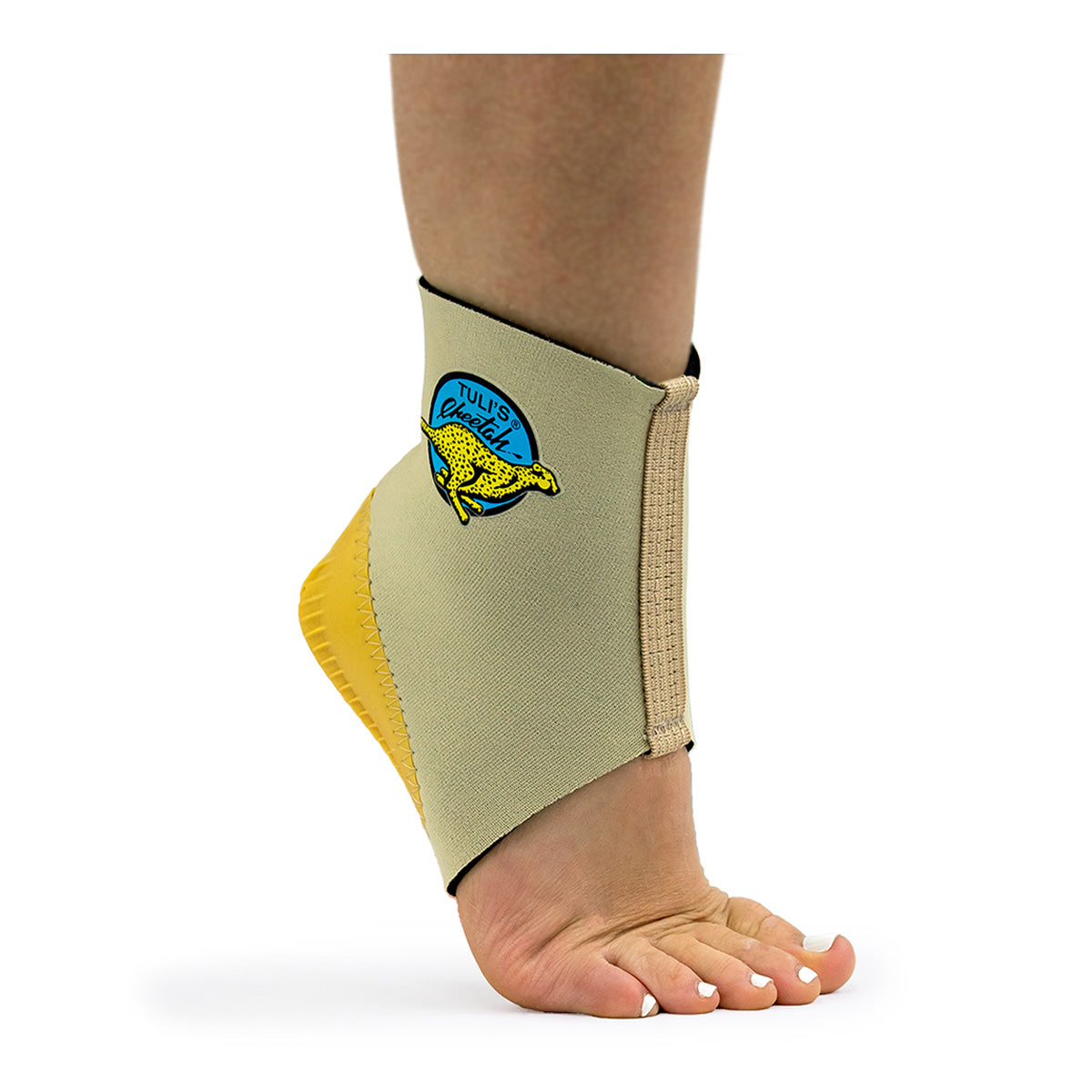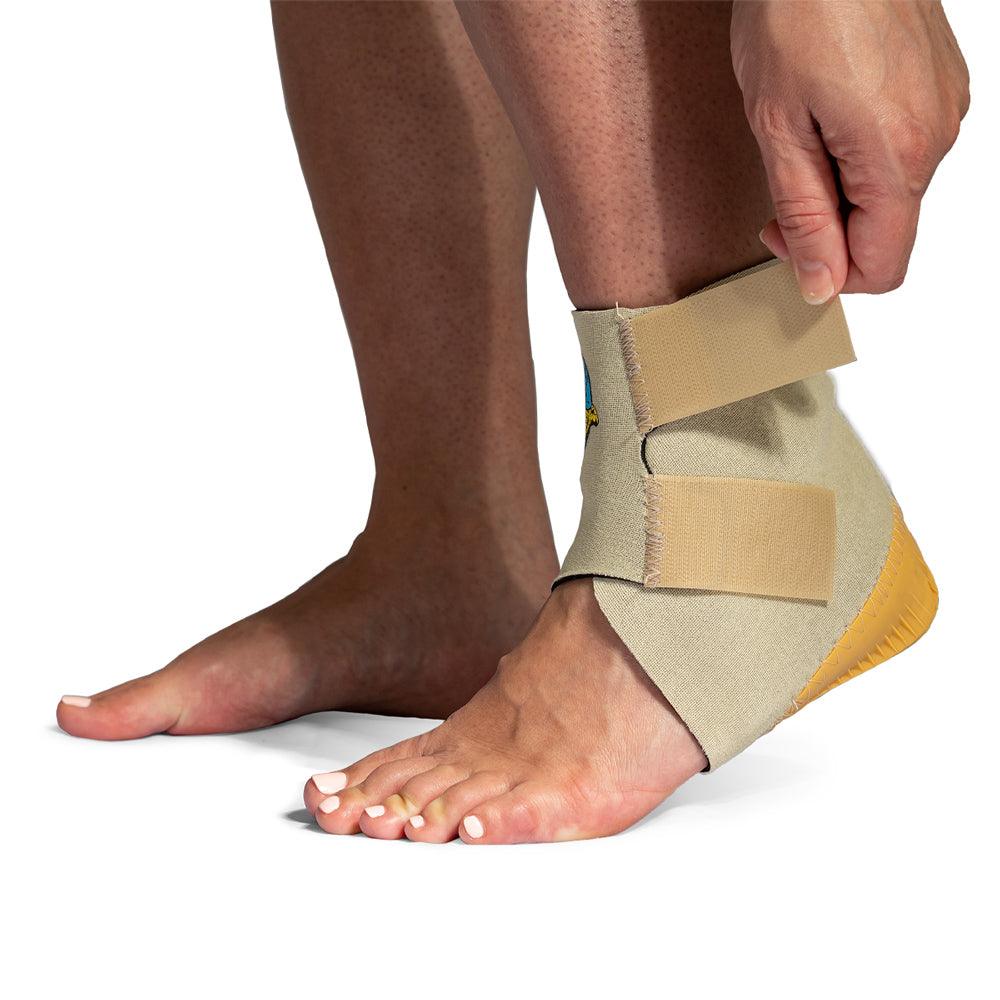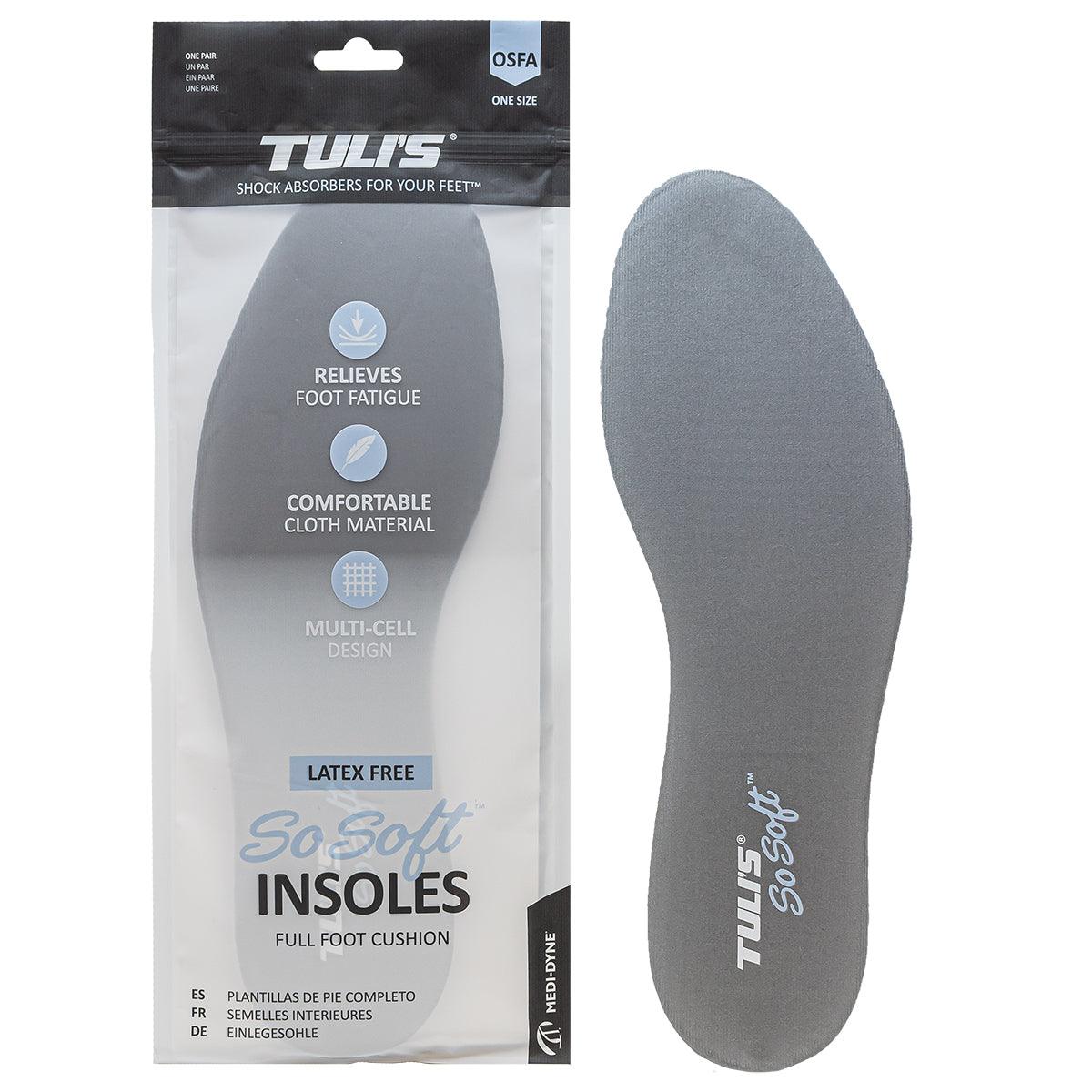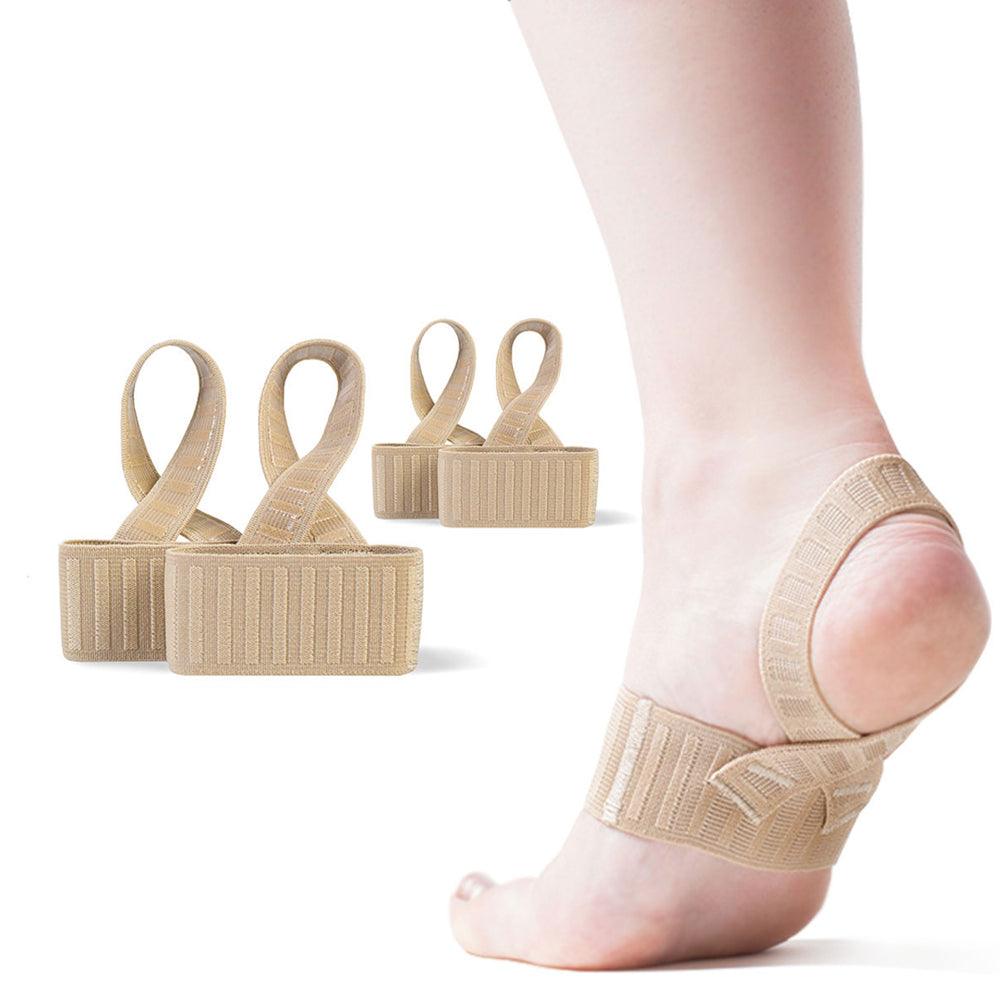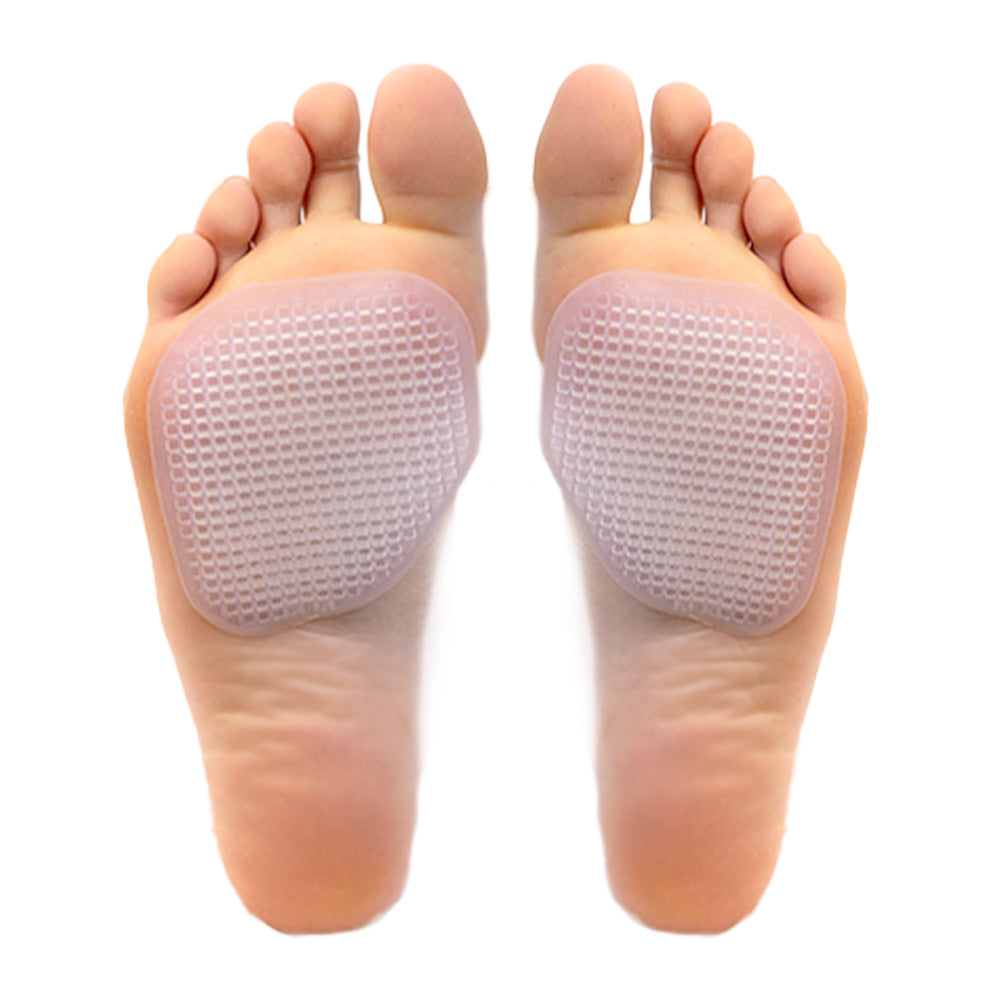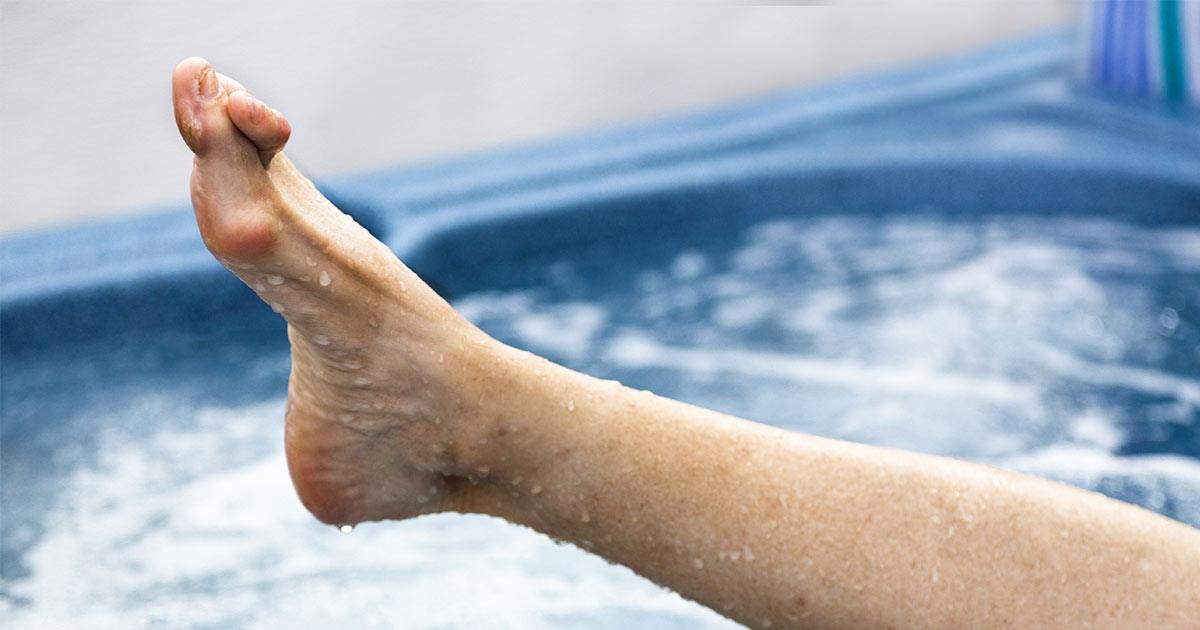Have you ever wondered what causes hammertoe deformity? Then you're not alone. If you or a loved one suffer from hammertoe, you know that it's not a comfortable condition and that it can lead to quite a bit of pain if not treated. But what causes hammertoe, and is there anything you can do to prevent it?
Hammertoe is a deformity that affects the second, third, and fourth toes. When hammertoe occurs, the toes bend downward and in toward the other toes. It can be especially painful when you wear shoes, and it can also be difficult to walk because your toes aren't aligned properly.
Common Causes of Hammertoe
Hammertoe is most common in older adults, but younger people can also be affected by this condition. It's also more common in women than in men, and it's usually the result of wearing shoes that are too small.
While ill-fitting shoes are the most common cause of hammertoe deformity, there several other factors that can contribute to the condition, including:
1. Arthritis
Arthritis is a condition that is characterized by pain, stiffness, and inflammation in the joints. It can affect your toes, and it can lead to hammertoe. Over time, your toes become bent and misshapen due to the damage that occurs when you have arthritis.
2. Diabetes
Diabetes can also cause a hammertoe, especially if you experience diabetic neuropathy (a condition that occurs when your body doesn't properly use the insulin it produces). Neuropathy can cause your toes to become sore, swollen, and bent. If not caught early on, this can lead to long-term nerve damage to the toes and may require more extensive treatment to correct the issue.
3. Vascular Disease
Vascular disease is a condition that is characterized by poor blood flow throughout the body. When you have vascular disease, the blood vessels in your feet aren't working as they should, which can lead to hammertoe. When your blood vessels become damaged, they can't deliver the amount of blood they are supposed to. To compensate, your toes can bend and become misshapen. Conditions such as Peripheral Arterial Disease (PAD) can also increase your risks of hammertoe due to the lack of blood flow to the feet and the body's natural inability to heal.
4. Nerve Damage
When you have nerve damage, your body is unable to communicate effectively with your muscles. When this happens, your muscles can't contract the way they should, which can lead to hammertoe.
5. Trauma to the Foot
Trauma can also cause a hammertoe, especially if it occurs when you are young. If you suffer an injury to your foot, it can lead to permanent damage. This is especially true if you damage your toes and are not given a chance to heal properly.
Negative Impacts Hammertoe Deformities Can Cause
A hammertoe deformity is much more than a simple cosmetic condition, and it can cause significant pain, discomfort, and reduced mobility. It can also lead to other foot and toe deformities, including bunions and corns.
If you notice that your toes are becoming misshapen, you should see a podiatrist as soon as possible.
This is especially important for athletes who are constantly on their feet, as an uncorrected hammertoe can lead to permanent damage to one or both feet.
Finding Comfort From Your Hammertoe Pain with Medi-Dyne
A hammertoe deformity can be quite uncomfortable. While there are many possible causes for the condition, it's essential that you never try and self-diagnose. Always speak to your medical team to ensure that you are getting the correct treatment.
If you're searching for a comfortable toe straightener to help you find relief from your hammertoe, then check out Tuli's® HammerRx® Toe Straightener, now available through Medi-Dyne!

OTHER RELATED TOPICS:
IS HAMMERTOE SURGERY WORTH IT?
5 BEST HEEL CUPS FOR PLANTAR FASCIITIS
PLANTAR FASCIITIS, A REASON TO WORRY?
5 REASONS WHY YOU SHOULD STRETCH IN THE MORNING
PLEASE NOTE: The information on this website and article is for information only and should not be used as a substitute for consulting your doctor. Consult your doctor for proper diagnosis and rehabilitation.





